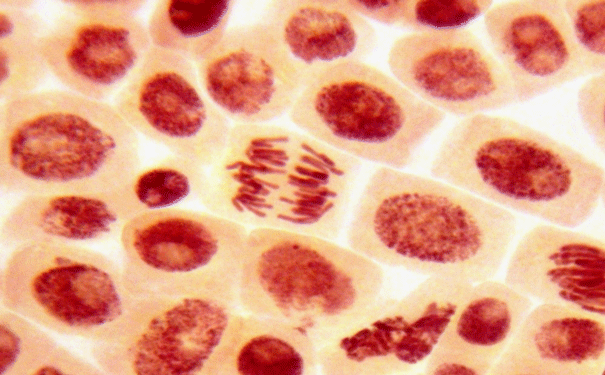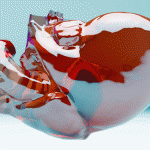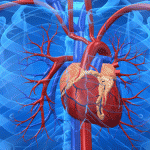
Stem cells can differentiate into many diverse cell types including those that make up blood vessels. Image: Shutterstock
Healthy blood vessels can now be grown from adult stem cells extracted during liposuction.
Liposuction is usually associated with cosmetic surgery, however scientists from the American Heart Association have shown that the procedure can also be extremely useful in growing blood vessels in the laboratory.
Cardiovascular disease is the number one cause of death globally. Patients with heart disease often require blood vessel grafts — such as in bypass surgery — to redirect the blood around blocked arteries.
Yet there are problems with current sheet-based vessel grafting methods. For example, fibroblasts are usually used to produce the collagen material required, but it takes weeks to months to produce a thick enough sheet for handling through this process.
“Our work attempts to significantly reduce the long culture times currently required for tissue-engineered vascular grafts,” says co-author, Jaclyn Brennan, from the University of Oklahoma.
In the study, the researchers turned fat-derived adult stem cells into smooth muscle cells (SMCs), which are seeded onto a thin collagen membrane. This membrane promotes cell attachment and proliferation. The SMC and collagen layers are rolled together to accurately mimic the thick middle layer of healthy muscular arteries.
“Patient’s own stem cells can be harvested via liposuction (a much less invasive technique than, say, bone marrow-derived stem cells), which can then be differentiated into the particular cell types necessary for tissue engineering of vascular grafts,” says Brennan. Also, because the patient’s own cells are used, liposuction-derived vessels can be safely implanted in humans without eliciting any type of immune response.
The main obstacle the team will need to overcome is achieving physiological burst pressure strengths. “We are currently in the process of testing the contractile response of smooth muscle cells seeded onto the amniotic membrane; we believe the elasticity of this material will promote a more functional vessel with sufficient flexibility and strength, as compared to the rigid polymer-based grafts currently on the market,” explains Brennan.
Source: Eurekalert







Laurie Saach
August 3, 2012
A fascinating article. I am personally looking forward to advances in the development of invitro meat. The ethical questions that arise from the potential ability to eat a steak, seeded using cells harvested non-lethally from a panda, pale into insignificance when compared with the possibility of having a guilt free panda burger…
Laurie Saach
August 3, 2012
A fascinating article. I am personally looking forward to advances in the development of invitro meat. The ethical questions that arise from the potential to eat a steak, seeded using cells harvested non-lethally from a panda, pale into insignificance when compared with the possibility of having a guilt free panda burger…
Rena Graham
August 13, 2012
Great article! I found this research result fascinating. Those stubborn fats have their own use after all.